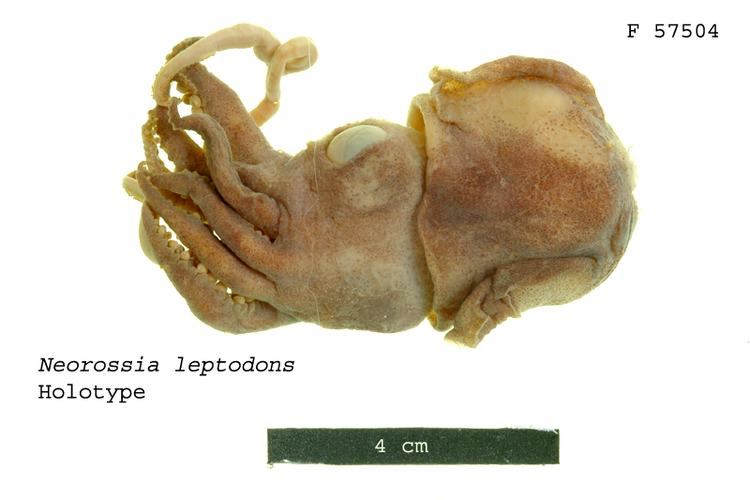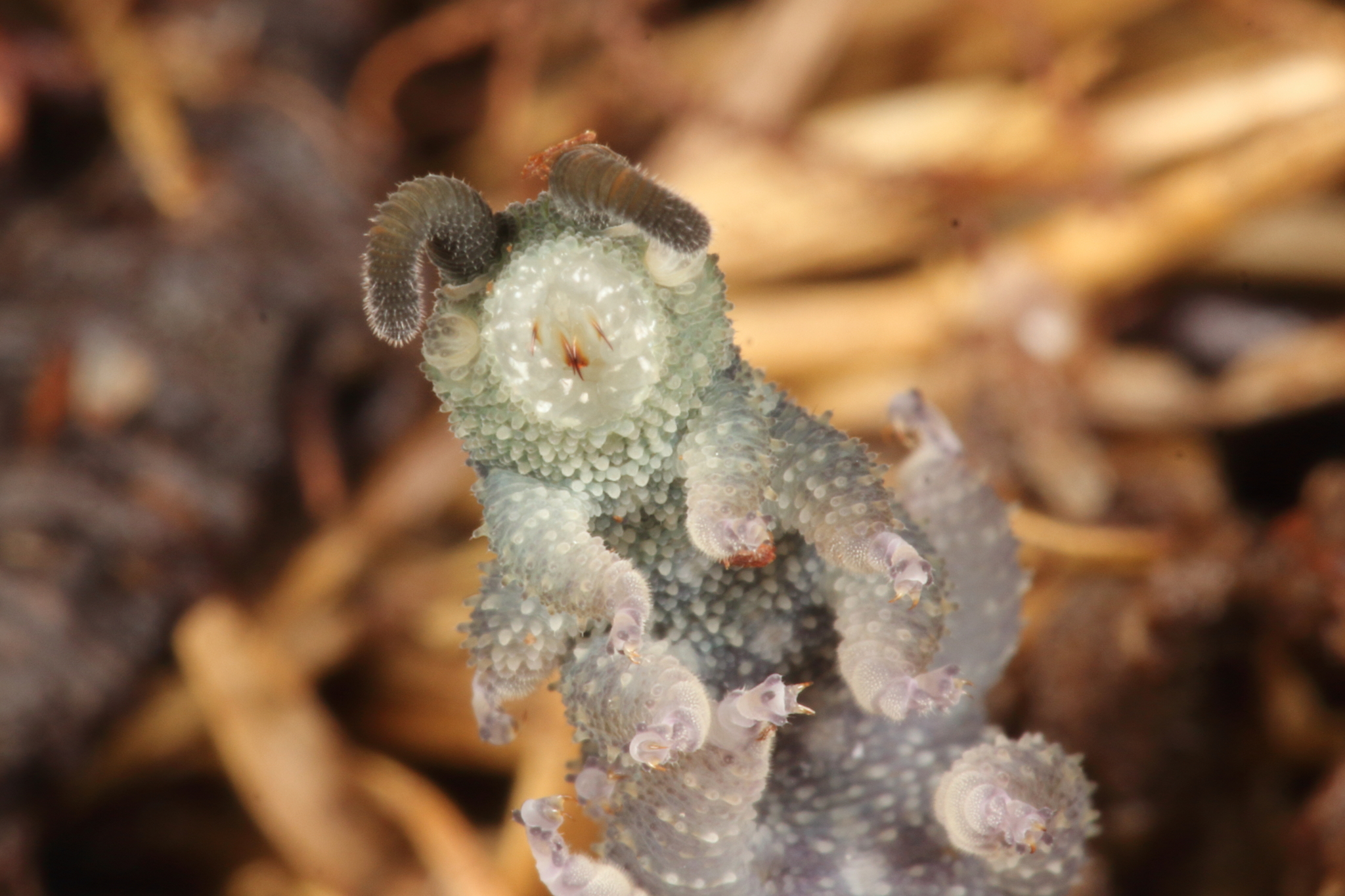|
Planipapillus Absonus
''Planipapillus absonus'' is a species of velvet worm in the family Peripatopsidae. It was described by James K. Douch and Amanda L. Reid in 2023. The specific epithet refers to the uniqueness of this species within its genus, in that the males lack any patch of reduced papillae posterior to the eyes. It is only known from the type locality, on Mount Useful in Victoria, Australia Victoria, commonly abbreviated as Vic, is a state in southeastern Australia. It is the second-smallest state (after Tasmania), with a land area of ; the second-most-populated state (after New South Wales), with a population of over 7 million; .... References External links * Onychophorans of Australasia Onychophoran species Animals described in 2023 {{Onychophora-stub ... [...More Info...] [...Related Items...] OR: [Wikipedia] [Google] [Baidu] |
Amanda Reid (malacologist)
Amanda "Mandy" Louise Reid is an Australian taxonomist and malacologist. She held the position of collection manager of malacology at the Australian Museum from 2010 to 2023. She is a published researcher and author. Her research has resulted in the description of many species of velvet worms and cephalopods. Career Reid is an alumna of Macquarie University, a public research university in Sydney, Australia, where she completed a Bachelor of Science degree in 1984. She completed a Master of Science degree in 1990, with a thesis titled ''Taxonomic review of the Australian Rossiinae (Cephalopoda : Sepiolidae).'' She completed a PhD in 1996, with a thesis titled ''A systematic review of the Peripatopsidae (Onychophora) in Australia''. Reid has an interest in cephalopods, particularly bobtail or bottletail squids (Sepiolidae), cuttlefishes (Sepiidae), and pygmy squids ( Idiosepiidae). She has authored two books, and her research has been published in a number of scientific jou ... [...More Info...] [...Related Items...] OR: [Wikipedia] [Google] [Baidu] |
Onychophora
Onychophora (from , , "claws"; and , , "to carry"), commonly known as velvet worms (for their velvety texture and somewhat wormlike appearance) or more ambiguously as peripatus (after the first described genus, ''Peripatus''), is a phylum of elongate, soft-bodied, many-legged animals. In appearance they have variously been compared to worms with legs, caterpillars, and slugs. They prey upon other invertebrates, which they catch by ejecting an adhesive slime. Approximately 200 species of velvet worms have been described, although the true number is likely to be much greater. The two extant families of velvet worms are Peripatidae and Peripatopsidae. They show a peculiar distribution, with the peripatids being predominantly equatorial and tropical, while the peripatopsids are all found south of the equator. It is the only phylum within Animalia that is wholly endemic to terrestrial environments, at least among extant members. Velvet worms are generally considered close relatives o ... [...More Info...] [...Related Items...] OR: [Wikipedia] [Google] [Baidu] |
Peripatopsidae
Peripatopsidae or the Southern Velvet Worms are one of two extant families of velvet worm. This family includes more than 140 described species distributed among 41 genera, but some authorities deem only 131 of these species to be valid. The French zoologist Eugène Louis Bouvier proposed this family in 1905 with '' Peripatopsis'' as the type genus. Description The Peripatopsidae exhibit relatively many characteristics that are perceived as original or "primitive" with respect to the Peripatidae. The species in this family have relatively few legs, ranging from 13 pairs (in '' Ooperipatellus nanus'') to a maximum of 29 pairs (in '' Paraperipatus papuensis''). Behind or between the last leg pair is the genital opening (gonopore). This family includes both oviparous genera (e.g., '' Ooperipatellus'' and '' Ooperipatus'') and viviparous genera, which adopt various modes of supplying nourishment to their embryos, ranging from lecithotrophic ovoviviparity (with yolky eggs retained ... [...More Info...] [...Related Items...] OR: [Wikipedia] [Google] [Baidu] |
Amanda Reid (taxonomist)
Amanda "Mandy" Louise Reid is an Australian Taxonomy (biology), taxonomist and malacologist. She held the position of collection manager of malacology at the Australian Museum from 2010 to 2023. She is a published researcher and author. Her research has resulted in the description of many species of velvet worms and cephalopods. Career Reid is an alumna of Macquarie University, a Public university, public research university in Sydney, Sydney, Australia, where she completed a Bachelor of Science degree in 1984. She completed a Master of Science degree in 1990, with a thesis titled ''Taxonomic review of the Australian Rossiinae (Cephalopoda : Sepiolidae).'' She completed a PhD in 1996, with a thesis titled ''A systematic review of the Peripatopsidae (Onychophora) in Australia''. Reid has an interest in cephalopods, particularly bobtail or bottletail squids (Sepiolidae), cuttlefishes (Sepiidae), and pygmy squids (Idiosepiidae). She has authored two books, and her research has ... [...More Info...] [...Related Items...] OR: [Wikipedia] [Google] [Baidu] |
Type Locality (biology)
In biology, a type is a particular wikt:en:specimen, specimen (or in some cases a group of specimens) of an organism to which the scientific name of that organism is formally associated. In other words, a type is an example that serves to anchor or centralizes the defining features of that particular taxon. In older usage (pre-1900 in botany), a type was a taxon rather than a specimen. A taxon is a scientifically named grouping of organisms with other like organisms, a set (mathematics), set that includes some organisms and excludes others, based on a detailed published description (for example a species description) and on the provision of type material, which is usually available to scientists for examination in a major museum research collection, or similar institution. Type specimen According to a precise set of rules laid down in the International Code of Zoological Nomenclature (ICZN) and the ''International Code of Nomenclature for algae, fungi, and plants'' (ICN), the ... [...More Info...] [...Related Items...] OR: [Wikipedia] [Google] [Baidu] |
Mount Useful
Mount Useful is a mountain located to the west of Licola in Victoria, Australia. The summit lies within the Mount Useful Natural Features and Scenic Reserve which was established in 1979 and covers . The mountain has basalt cliffs with columnar jointing on the east and south-east sides. A fire lookout tower and a communications tower (primarily utilised by Telstra) are located on the summit. See also *Alpine National Park The Alpine National Park is a national park located in the Central Highlands and Alpine regions of Victoria, Australia. The national park is located northeast of Melbourne. It is the largest National Park in Victoria, and covers much of the hi ... * References Useful Victorian Alps {{VictoriaAU-geo-stub ... [...More Info...] [...Related Items...] OR: [Wikipedia] [Google] [Baidu] |
Victoria, Australia
Victoria, commonly abbreviated as Vic, is a state in southeastern Australia. It is the second-smallest state (after Tasmania), with a land area of ; the second-most-populated state (after New South Wales), with a population of over 7 million; and the most densely populated state in Australia (30.6 per km2). Victoria's economy is the second-largest among Australian states and is highly diversified, with service sectors predominating. Victoria is bordered by New South Wales to the north and South Australia to the west and is bounded by the Bass Strait to the south (with the exception of a small land border with Tasmania located along Boundary Islet), the Southern Ocean to the southwest, and the Tasman Sea (a marginal sea of the South Pacific Ocean) to the southeast. The state encompasses a range of climates and geographical features from its temperate coastal and central regions to the Victorian Alps in the northeast and the semi-arid northwest. The majority of the ... [...More Info...] [...Related Items...] OR: [Wikipedia] [Google] [Baidu] |
Onychophorans Of Australasia
Onychophora (from , , "claws"; and , , "to carry"), commonly known as velvet worms (for their velvety texture and somewhat wormlike appearance) or more ambiguously as peripatus (after the first described genus, ''Peripatus''), is a phylum of elongate, soft-bodied, many-legged animals. In appearance they have variously been compared to worms with legs, caterpillars, and slugs. They prey upon other invertebrates, which they catch by ejecting an adhesive slime. Approximately 200 species of velvet worms have been described, although the true number is likely to be much greater. The two extant families of velvet worms are Peripatidae and Peripatopsidae. They show a peculiar distribution, with the peripatids being predominantly equatorial and tropical, while the peripatopsids are all found south of the equator. It is the only phylum within Animalia that is wholly endemic to terrestrial environments, at least among extant members. Velvet worms are generally considered close relatives o ... [...More Info...] [...Related Items...] OR: [Wikipedia] [Google] [Baidu] |





